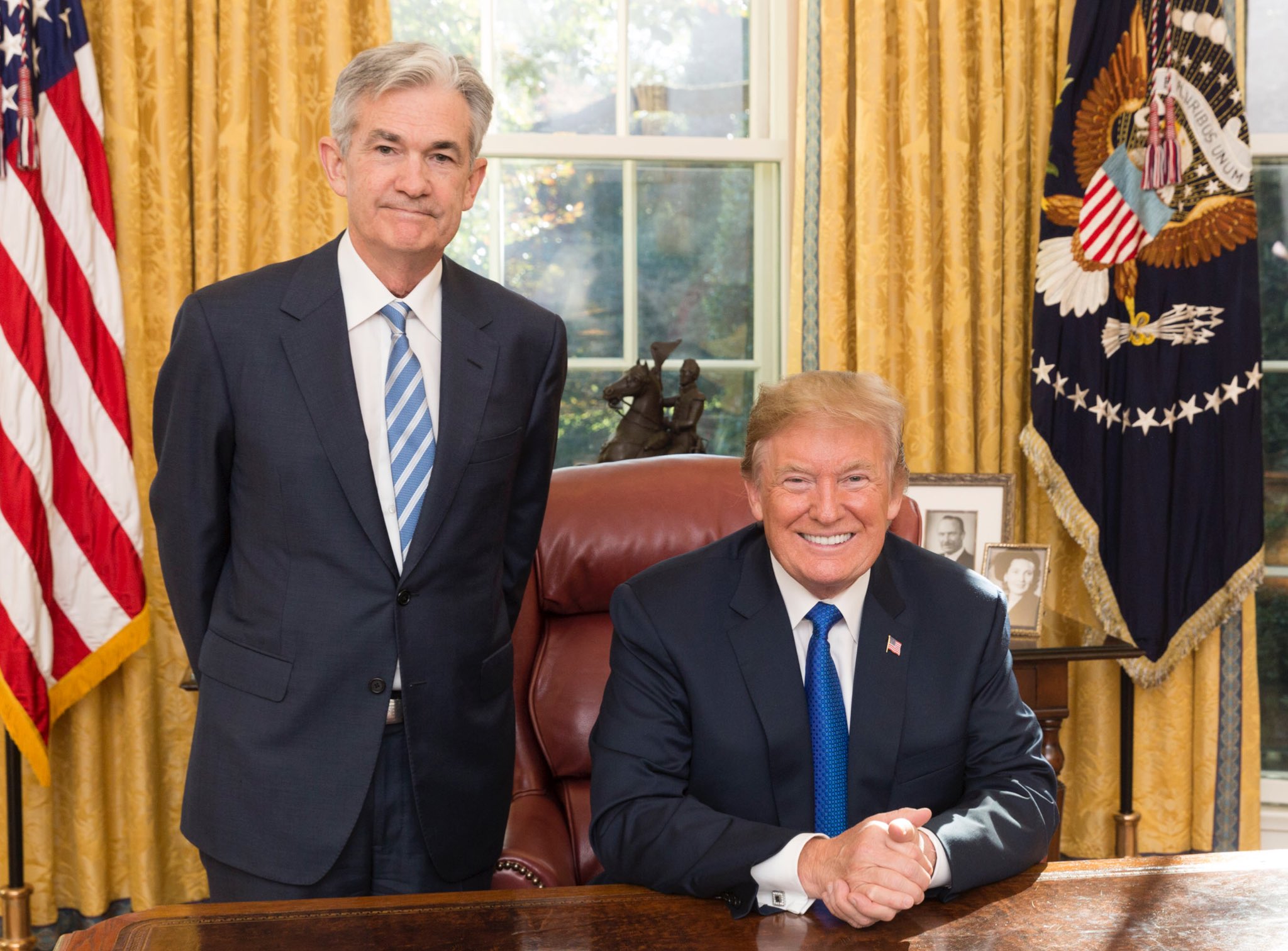Kalshi has reported 27,585 in volume over the last 24 hours on their market for “Will the total voter turnout in the 2025 TN-07 special election be between 155,000 and 169,999?”, making it one of the hottest markets on the platform today.
The market currently is implying a 1% chance for "Between 155,000 and 169,999", which is neutral from yesterday, when the market implied a 1% probability.
If the total vote count in the 2025 TN-07 special election is between 155,000 and 169,999, inclusive of both endpoints, then the market resolves to Yes.
In total, this market has seen a volume of 32,156 transactions since it was first opened on November 29, 2025. There are 24,802 positions of open interest in this market, and the overall liquidity is sitting at 401,528 contracts.
Based on Quiver’s tracking, here are 10 of the finance and politics markets that have had the most volume on Kalshi over the last 24 hours:













